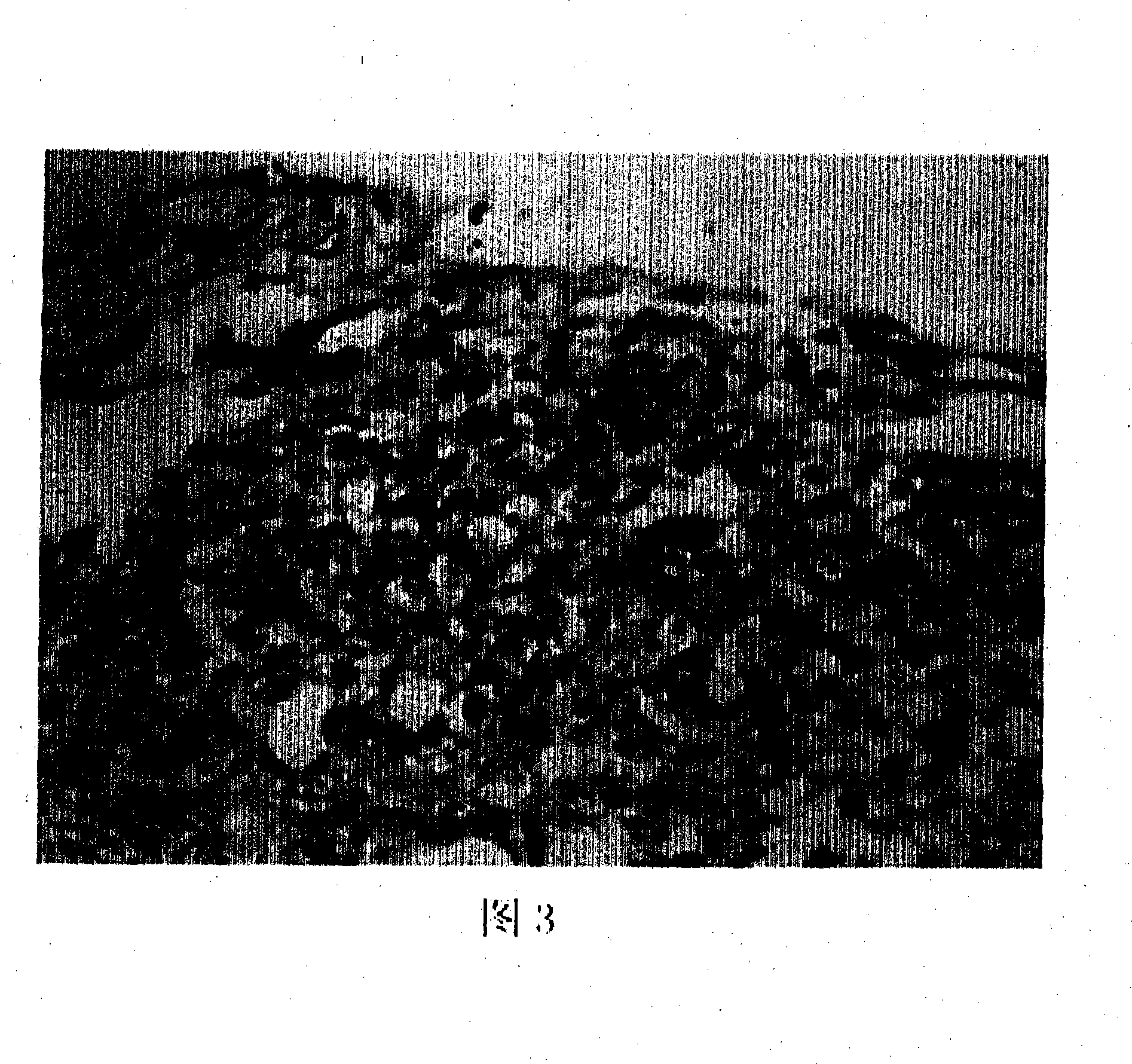Interfere function of panaxoside Rg1 for self immunity myeloencephalitis mouse
An autoimmune and ginsenoside technology, applied in the direction of medical preparations containing active ingredients, allergic diseases, organic active ingredients, etc., to achieve the effect of reducing the incidence of disease
- Summary
- Abstract
- Description
- Claims
- Application Information
AI Technical Summary
Problems solved by technology
Method used
Image
Examples
Embodiment 1
[0028] Example 1: Establishment of conditions for ginsenoside Rg1 to intervene in mice with autoimmune encephalomyelitis:
[0029] 1. C57B1 / 6 mice aged 10-12 weeks were induced by immunization with MOG35-55 (300 μg / mouse), and the EAE model was established.
[0030] 2. From the day of induction, the EAE model mice were intervened with ginsenoside Rg1 (10 mg / Kg / day).
[0031] 3. According to the clinical grading table, observe the clinical phenotype of the mice in the normal saline control group and the Rg1 intervention group.
[0032] 4. At the peak of EAE incidence, the brain tissue, neck swelling and waist swelling of the mice in the normal saline control group and the Rg1 intervention group were collected for histopathological analysis.
[0033] The preparation method of ginsenoside Rg1 intervening EAE of the present embodiment:
[0034] 1. Materials: artificially synthesized MOG35-55 (sequence is MEVGWYRSPFSRVVHLYRNGK) peptide chain fragment, incomplete Freund's adjuvant...
PUM
 Login to View More
Login to View More Abstract
Description
Claims
Application Information
 Login to View More
Login to View More - R&D
- Intellectual Property
- Life Sciences
- Materials
- Tech Scout
- Unparalleled Data Quality
- Higher Quality Content
- 60% Fewer Hallucinations
Browse by: Latest US Patents, China's latest patents, Technical Efficacy Thesaurus, Application Domain, Technology Topic, Popular Technical Reports.
© 2025 PatSnap. All rights reserved.Legal|Privacy policy|Modern Slavery Act Transparency Statement|Sitemap|About US| Contact US: help@patsnap.com



